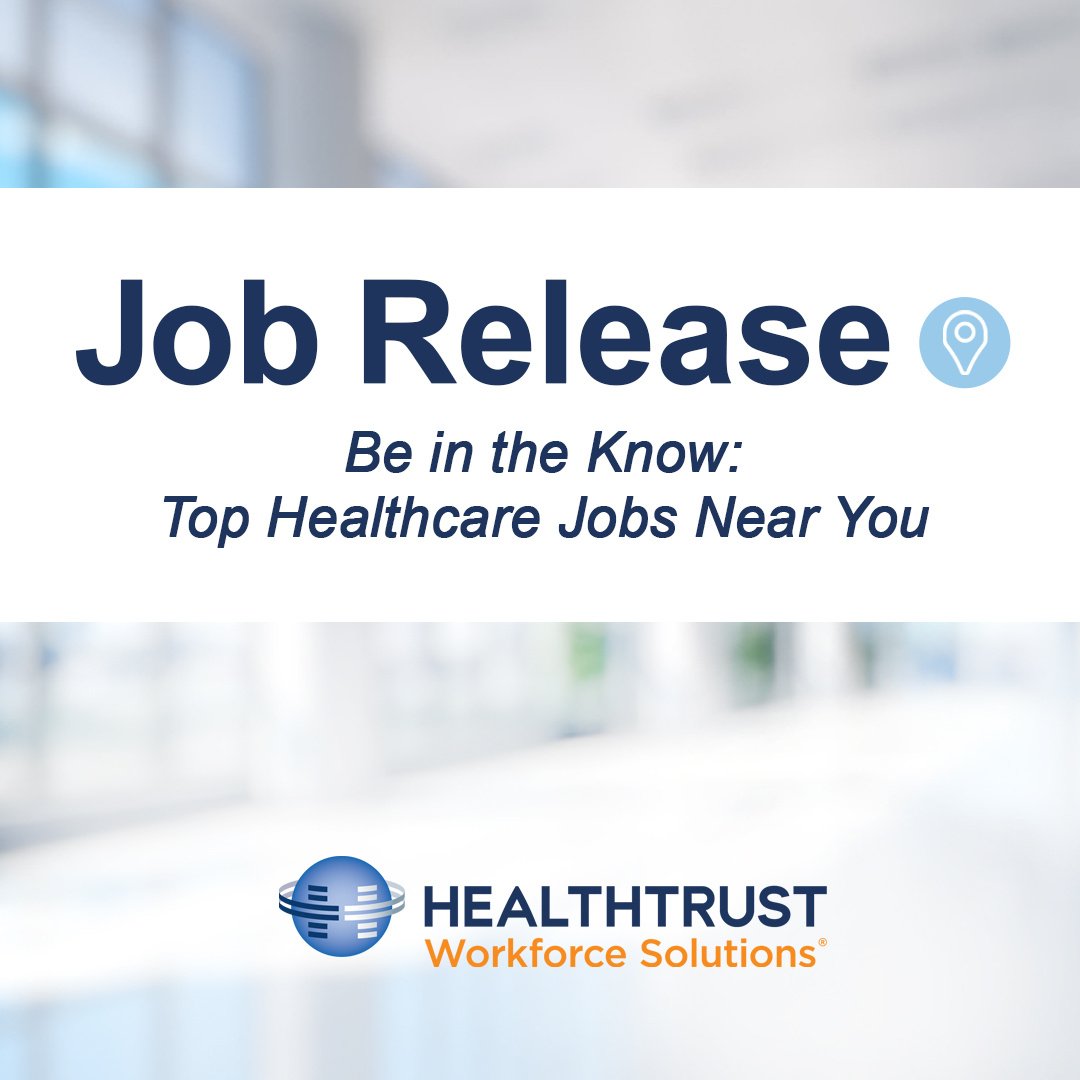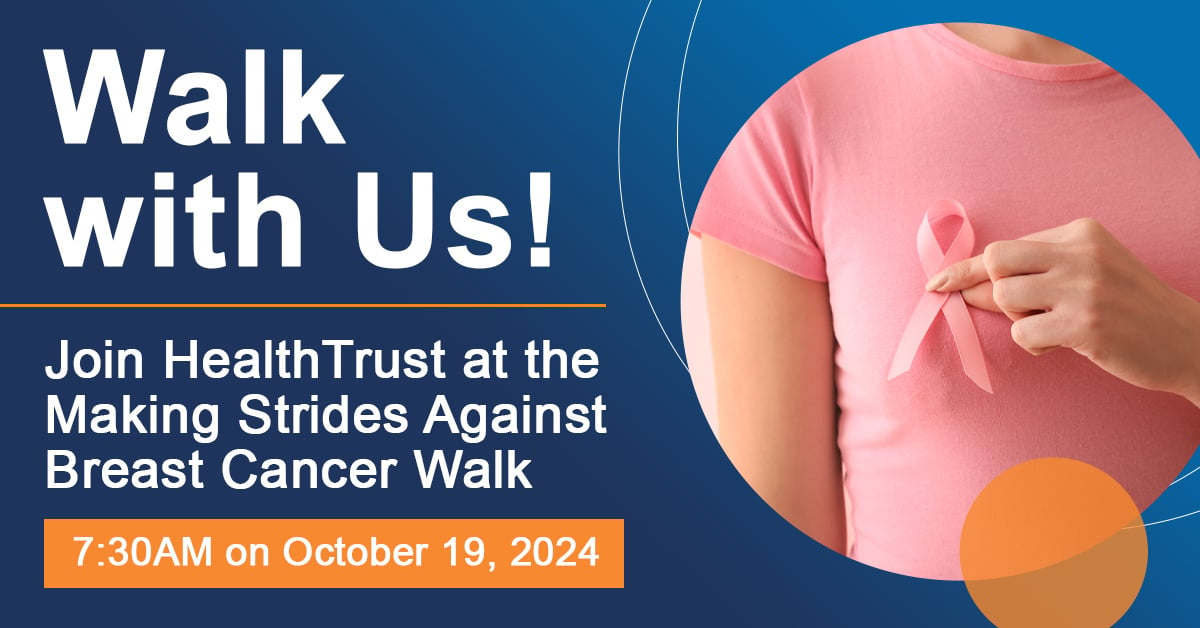With the holidays around the corner, many nurses are gearing up to spread some cheer! But some might wonder, "Do nurses work holidays?" or better yet, "Do they earn more during the holidays?" How about travel nurses? Here’s a rundown of what you should know about nurse holiday pay, why some nurses choose to work holiday shifts, and how to line up your holiday travel assignment as early as possible.
HealthTrust Workforce Solutions
Recent Posts
Do Nurses Earn More during the Holidays? What to Expect for Nurse Holiday Pay in 2024
Topics: Career Opportunities, Holiday, Pay Transparency, Nursing Jobs
Travel Nursing Career Guide: 7 Benefits of Being a Travel Nurse
Looking to boost your earnings, take control of your schedule, or get paid to explore the U.S.A.? From job security to the chance to help those most in need, here are seven big benefits of being a travel nurse — and why you’ll find the best opportunities with HealthTrust.
Topics: Nursing, Travel Nursing, Travel, Nursing Jobs
10 Best Scrubs and Shoes for Nurses or Healthcare Professionals
From comfortable fabrics to fashionable styles, the scrubs revolution is here! And when it comes to the best scrubs, shoes, and essential workwear, you have more options than ever. Here’s a guide to sorting it all out, and the inside scoop on where to begin with ten top picks from healthcare pros!
Topics: Workplace Wellness, All Nurses, Lifestyle
October 2024 Job Release: Featured Per Diem Healthcare Jobs
Topics: Per Diem Nursing, Healthcare Jobs, Job Release
Join HealthTrust for the Making Strides Against Breast Cancer Walk
HealthTrust Workforce Solutions is proud to support the American Cancer Society (ACS) in its mission to end to breast cancer, and we’re inviting you to join us! Show your support for breast cancer awareness by walking with us at the Making Strides Against Breast Cancer Walk on Saturday, Oct. 19.
Topics: Events, Volunteers, Breast Cancer Awareness
Simplify Your Job Search: 3 Benefits of an Easy-to-Use Healthcare Jobsite
Finding a great nursing or clinical job shouldn't be a hassle. After all, you're in demand, with employers across the country looking for people just like you. That's why we're making the process fast and easy with a healthcare jobsite that does exactly what you need it to, quickly showing you what you need to see.
Topics: Per Diem Nursing, Travel Nursing, Healthcare Jobs, Jobsite, Allied Health, Pay Transparency
How to Change Nursing Specialties: 8 Tips for Upgrading Your Career
Time to change your specialty? From earning more to working a different shift, there are lots of reasons why nurses switch specialties. If you’re looking for info on how to change nursing specialties, we’ve got a rundown of what you should know, along with a few tips for doing it right.
Topics: All Nurses, Jobsite
HealthTrust Workforce Solutions Makes the List of SIA Fastest-Growing Staffing Firms for 2024
We’re excited to announce that we’ve once again made the yearly list of Fastest-Growing Staffing Firms from Staffing Industry Analysts (SIA)!
Topics: HealthTrust Workforce Solutions, SIA
Build a Better Emergency Medicine Career with HealthTrust: Meet Us at ACEP24, Booth #4621
The world’s biggest emergency medicine conference kicks off in Vegas in September 29th, and we’ll be on-hand to connect with everybody who attends! If you’re looking to maximize your career prospects, don’t miss the chance to connect with the HealthTrust Jobs team at booth #4621 at ACEP24.
Topics: HealthTrust, Events, conferences, ACEP
Intro to Allied Travel Careers: Why Become an Allied Traveler (and How to Do It)
Traveling isn’t just for nurses! Especially since the pandemic, pretty much everyone knows what travel nursing is. But fewer people are aware that allied health professionals travel too — and in numbers that are getting bigger every year. Here’s a rundown of what are allied travel careers, where they’re available, and how to find them.
> Seeking a new career path? See open allied travel jobs here
Topics: Career Opportunities, Travel, Healthcare Jobs, Jobsite, Allied Health












